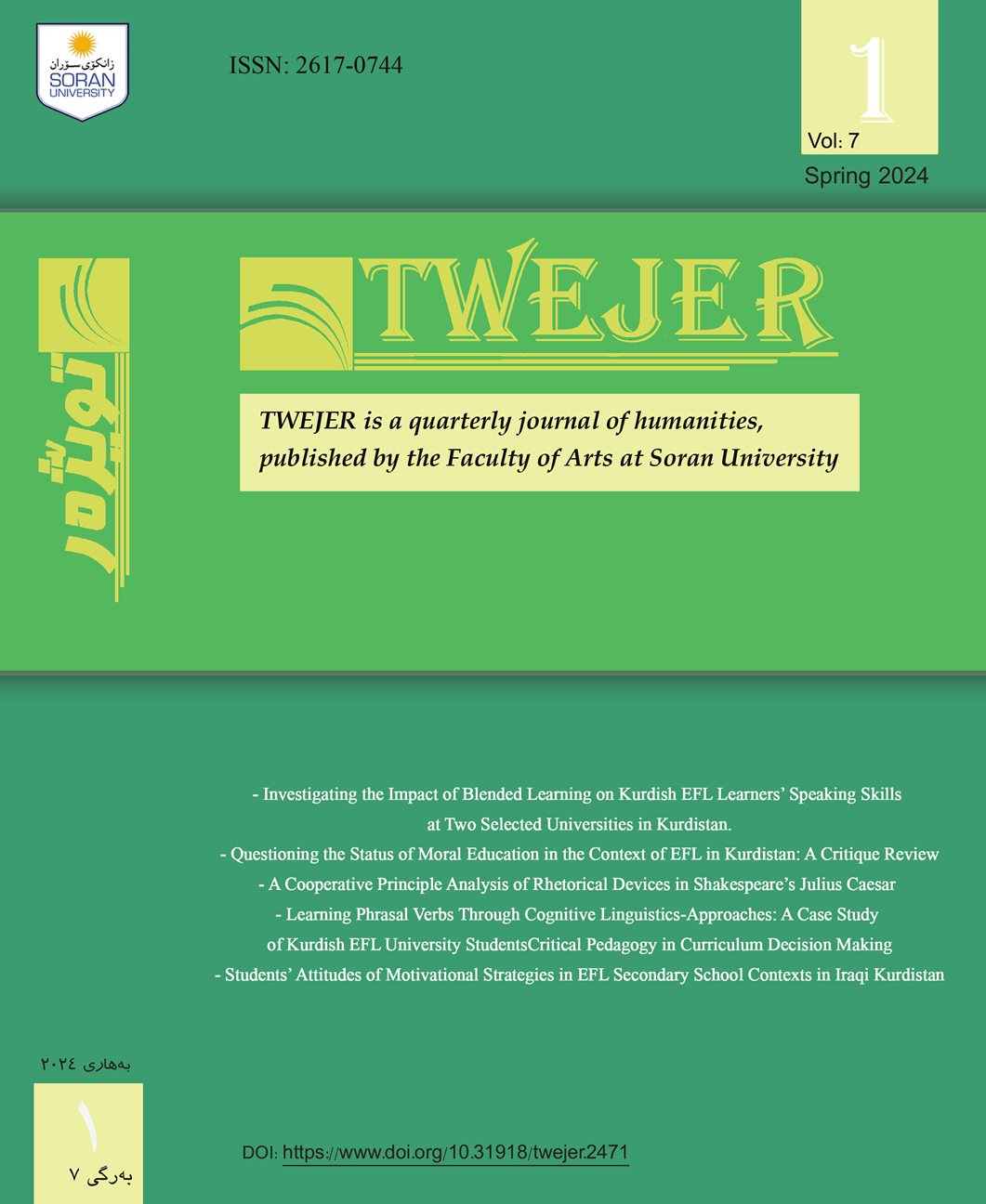Geographical Analysis of Population Growth of Soran District (1987-2020)
DOI:
https://doi.org/10.31918/twejer.2471.14Keywords:
Population, Growth, district.Abstract
Population geography is one of the most important topics of human geography, and the study of population has been of interest to researchers since ancient times in the side of (number, size, density, composition and patterns of distribution). In order to conduct a comprehensive assessment of the areas inhabited by the population, and to identify problems and find appropriate solutions to these problems. These studies are significant because they can be used to determine the population growth of the area, which helps to formulate an appropriate scientific plan to serve the population better. The population of the study area has changed a lot in terms of population growth during the study period. Due to the natural (birth and death) and unnatural (migration) increases, this requires research to present the most important changes in population size and their causes, as well as to analyze them. The aim is to analyze population growth and present data and information on this subject, in order to be used by the officials of the district in order to develop appropriate plans to develop the district and provide the best services to its residents. In order to reach the conclusions of the research and on the base to reach the research, we have divided the research into an introduction and two topics in addition to the conclusions and recommendations.
Downloads
Downloads
Published
Issue
Section
License
Copyright (c) 2024 Twejer Journal

This work is licensed under a Creative Commons Attribution-NonCommercial-ShareAlike 4.0 International License.






